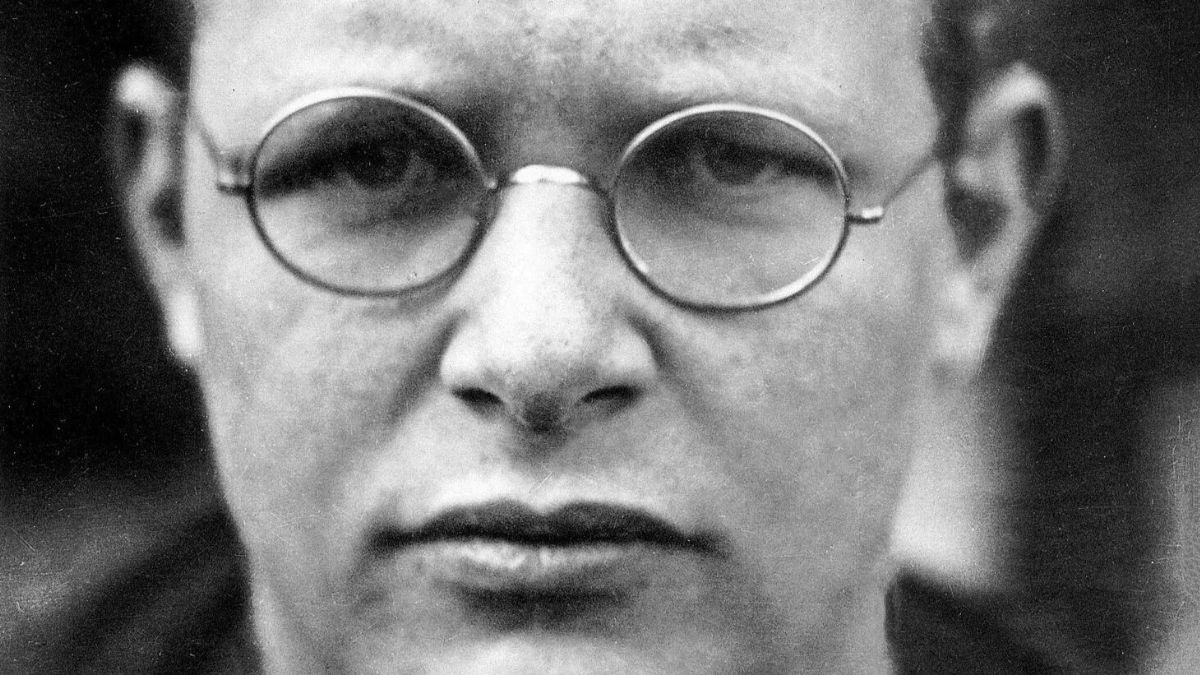


Americans of my generation know where they were this week in 1969.
I was 11 years old when Apollo 11 launched on July 16. I was a space nut, as were millions of others in those days. In fact, I had camped out the night before in my friend Warren Ballard’s back yard so we could listen to the top-of-the-hour radio news reports.
This was before the 24-7 news cycle, so all the major networks had signed off with “The Star-Spangled Banner” at midnight in the Central Time Zone where I then lived, and nothing resembling NPR then existed. So we listened to Kenny Rogers’ “Ruby, Don’t Take Your Love To Town,” and The Beatles’ “Get Back.” Over and over again. All night long. A song about a dystopian future, “In the Year 2525,” by the one-hit wonder Zager and Evans, was the number one song in the nation for most of July.
The rest, as they say, is history. Neil Armstrong became the first man to step on the moon, an event hailed as a “giant leap for mankind.” Those first steps were broadcast on live television around the world, a feat which at the time seems as marvelous to many as the moon landing itself.
One part of the Apollo 11 mission that was little known then, but more widely known today, is the communion service Buzz Aldrin performed aboard the lunar module. Aldrin was an elder in a Presbyterian church back in Houston, a church called “the astronaut’s church” because of the number of NASA personnel who attended. Aldrin had arranged in advance with both his pastor and with NASA to make the Eucharist one of the first acts performed on the moon.
However, NASA was skittish. A famous atheist, Madalyn Murray O’Hair, had sued NASA after the Apollo 8 astronauts read from the Book of Genesis as they orbited the moon a year earlier. So they gave Aldrin permission to take wine and bread to the moon for the Eucharist, and they built a few minutes into the very tight schedule for a brief service of worship. However, officially, the service took place during a few “moments of silence.” NASA had been cowed by O’Hare’s lawsuit. Officials there did not want to add fuel to the fire.
Fast forward 48 years. Neil Armstrong died in 2012, though Buzz Armstrong is still alive and, at age 87, is one of the oldest living Apollo astronauts. My friend Warren Ballard, in whose backyard I had camped as a boy in anticipation of the next morning’s moonshot . . . well, I lost touch with Warren over the years. About a year ago I tried to reach out to my boyhood friend, and eventually found out that he, too, has passed away.
Madalyn Murray O’Hair’s lawsuit against NASA came to nothing. Legally, she had no leg to stand on, though her activism was enough to intimidate NASA into submission. Murray-O’Hare and one of her sons and a granddaughter were murdered in 1995 by one of the staff members at American Atheists. Another son, William Murray, became a Christian, an evangelist, and a prolific writer for Christian and conservative causes.
It has been more than 40 years since humans have set foot on the moon.
But one thing hasn’t changed. The religious liberty questions that Madalyn Murray O’Hair elevated to national attention in the 1960s remain with us today. Now as then, opponents of religious liberty have few legal legs to stand on. However, also now as then, her ideological descendants can and sometimes do win when the defenders of religious liberty fail to show up, or — as NASA was in 1969 — find themselves intimidated into submission.
The good news is that these days organizations such as Alliance Defending Freedom, The Becket Fund for Religious Liberty, and First Liberty Institute are suiting up for the fight. They are standing with cake artist Jack Phillips, the Little Sisters of the Poor, florist Baronelle Stutzman, and many more.
But the legal fight is only part of this war. What happens in the culture matters, and may matter even more. That’s why we all have a role to play: to educate ourselves, to talk with our neighbors, to write letters to the editor, and to pray.
So, yes, people of my generation remember vividly what they were doing 48 years ago this week. Anniversaries such as the one we remember this week make that event of nearly a half-century ago seem like yesterday. But we must also admit that 48 years from now, most people of my generation will be gone. And the world our children and grandchildren live in will be determined in large part by what we do. Today.
Image courtesy of kdshutterman at iStock by Getty Images. Illustration designed by Heidi Allums.
Have a Follow-up Question?
Want to dig deeper?
If you want to challenge yourself as many others have done, sign up below.
Webinars
Short Courses
Up
Next














